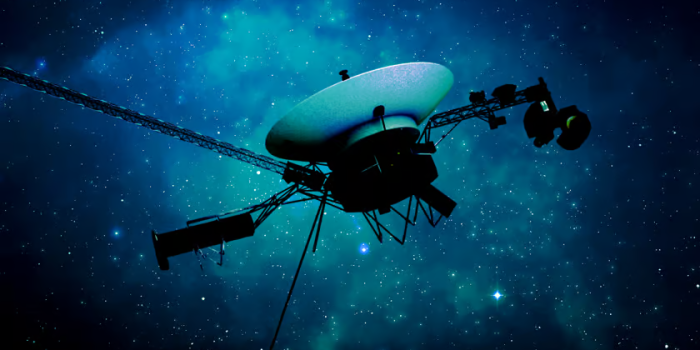One of the two oldest operational spacecraft, Voyager 1, has been brought back to life in a quickly changing technology world. Voyager 1, which is 47 years old and incredibly far away from Earth, has defied expectations by sending engineering data again, a major step forward for space exploration.
Voyager 1 and its twin, Voyager 2, were launched in 1977 and initially given a five-year mission duration. Nevertheless, some spacecraft have outlived their projected lifetimes by travelling across interstellar space and beyond the boundaries of our solar system. Even after decades of exposure to cosmic rays, intense cold, and the dangers of Jupiter’s radiation belts, Voyager 1 and Voyager 2 continue their mission, demonstrating the resilience of their technology.

Considering that these spacecraft depend on microchips created before the development of desktop computers, their lifespan is quite amazing. The fact that the engineers responsible for the Voyager missions have either retired or passed away and left behind old manuals that go back to a bygone period is even more fascinating. However, Mission Control has extended the Voyagers’ operational life and ensured their continuous viability through careful repair and energy management.
A significant fault recently occurred with Voyager 1, resulting in unclear data being transmitted back to Earth. Distances between planets presented difficulties, but Mission Control worked hard to identify and resolve the problem. Voyager 1 reacted to a signal in March, offering engineers a comprehensive memory dump, marking a significant advancement after months of troubleshooting. This find made possible the identification of a malfunctioning microchip, possibly caused by wear and tear or cosmic ray damage.

Using the severely limited capabilities of Voyager 1’s onboard computers, NASA responded by coming up with a workaround to fix the damaged chip. The approach involves breaking down and relocating affected code within the flight data subsystem, which requires meticulous coordination.
If viable, this clever repair plan could restore Voyager 1’s capacity to send scientific data, further deepening our understanding of the universe as a whole.


